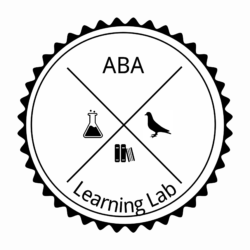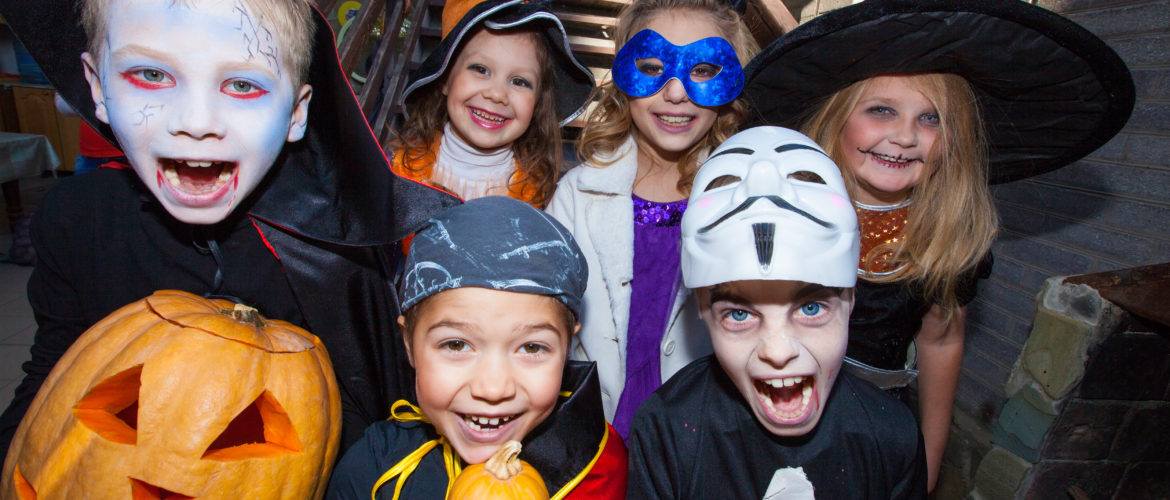James Macon, M.Ed., BCBA
Halloween is upon us, and that means most kids (and some adults) are eagerly anticipating dressing up in their favorite costume and enjoying the spoils of trick-or-treating. We grab our biggest pillow cases, our parents make sure our costumes are on straight, and we go from house to house with the simple proposition… give us candy, or run the risk of exposing yourself to trickery.
For our kids with Autism however, Halloween can be a very different and even scary experience. The good news: with some proper training and practice, we can quickly teach our kids why Halloween is so much fun!
Costumes
People in general do not like wearing articles of clothing that are restrictive or uncomfortable. Growing up and especially as adolescents and adults, we learn that different clothing is required for different occasions, and sometimes they may be uncomfortable. Over a period of time, we desensitize to that discomfort, and the clothes feel “normal” to us.
For our kids with Autism however, especially those with sensory issues, restrictive and uncomfortable clothes can be awful. If you’re picking out a costume for a kid with autism, be mindful of whether or not its going to be comfortable. While we can all agree that seeing Little Johnny dressed up as a fluffy, yellow “Big Bird” from Sesame Street is adorable, it might be downright cruel if he doesn’t like having his hands covered, or doesn’t like the sensory feeling of feathers.

Practice Makes Perfect
In either case, wearing a costume is something that should be practiced prior to trick-or-treating. More often than not, our kids with Autism will tolerate and even enjoy wearing a costume once they’ve had a few opportunities to wear it. Much like our above example, sometimes we just need to wear an outfit enough times until it feels “normal.”
In addition to practicing wearing the costume, we should also practice saying “trick-or-treat” well before we go out for the night. We should also practice taking appropriate amounts of candy when they are offered, and answering questions about our costume. Even further, we should probably practice walking to different people, saying trick-or-treat, taking appropriate amounts of candy, and answering questions about our costume all at the same time. In an ABA clinic, this can easily be accomplished by having a therapist teach these responses in isolation, and then grouping them together later. If you still have time and have a BCBA or ABA therapist willing to help, ask them if they can assist with this. If not, these can easily be taught at home as well with family or friends.
Some common behaviors to teach for Halloween
| Saying trick or treat.
SD: novel person answers the door you just knocked on Response: “Trick-or-treat”
Taking appropriate amounts of candy SD: bowl of candy presented Response: Take 1 (or 2 pieces)
Answering questions about a costume SD: “What are you?” Response: “I’m a ________” |
Positive Reinforcement Contingency for trick-or-treating
SD: a residential property with a front porch light on.
|
Before |
Behavior | After |
| No candy or attention |
|
Candy and attention |
Avoiding the Meltdown and other Safety Concerns
“Meltdowns” or tantrum behaviors happen as a way to communicate something. Our challenge is to identify a different way for them to communicate that need. On Halloween, a meltdown may happen as a way to communicate the need for a break from all the happenings around them. Alternately, they may happen because they couldn’t get something they wanted (someone else took the last Reese’s Peanut Butter Cup!). In either case, be proactive and prepared for what to do in these situations. If tantrum behaviors in the past happened because of the need for a break, check in often and make sure you can provide an appropriate break before the tantrum happens.
This is especially true during Halloween, as everything is a bit different. Friends and peers will be wearing masks and costumes. There are zombies and monsters walking around and everyone seems cool with it. Neighbors’ homes will be decorated with fake gravestones and spider webs. Your walking in the evening from home to home, knocking on doors and interacting with dozens and dozens of people. And if you’re a kid with autism wearing an uncomfortable or restrictive costume, all of these things could make for a stressful night. Having a phrase to communicate its time to take a break can be the difference between a great Halloween and a stressful, scary situation.
Final Thoughts
While dressing up and getting candy can be a great time, some kids may only want a “fun size” version of it. If your kid doesn’t have a lot of experience with Halloween or you’re not sure how they’ll react, using some focused ABA techniques beforehand can make Halloween a lot less scary. Practice beforehand, be mindful of the mood, have fun and be safe!

